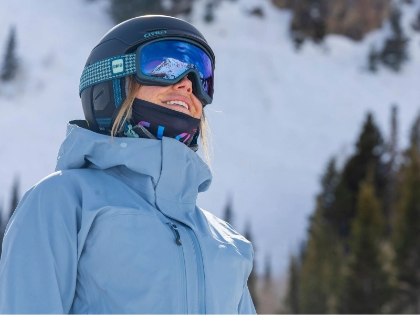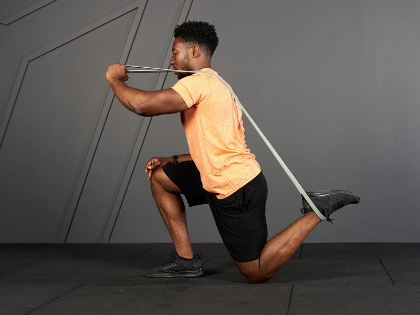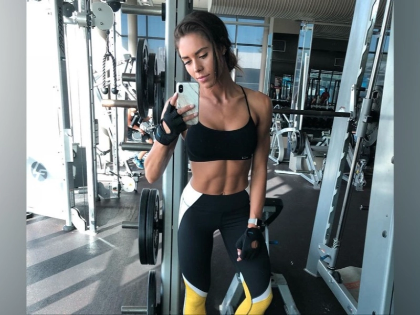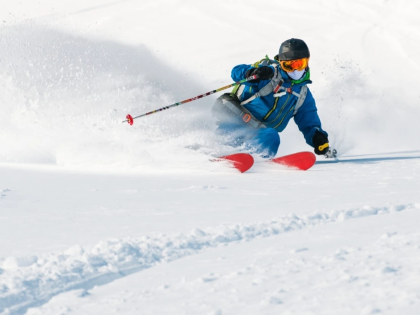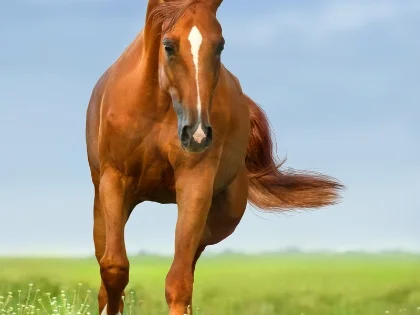Horse Blanket Selection: Protecting Your Horse In All Seasons
The comfort and welfare of your horse depend on the correct blanket. Your horse may find unpleasant blankets that fit poorly; a blanket too large may scrape against his body or catch on his hoof while he grazes. Measure the body of your horse with a soft fabric tape measure before choosing a blanket. Have someone else hold the tape at his chest while you squarely stand the horse on a level surface.
Winter
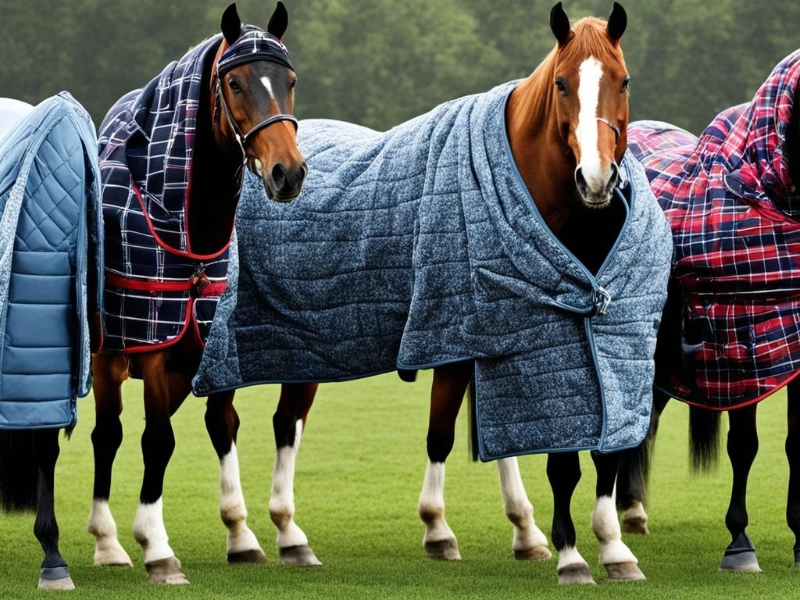
Spring
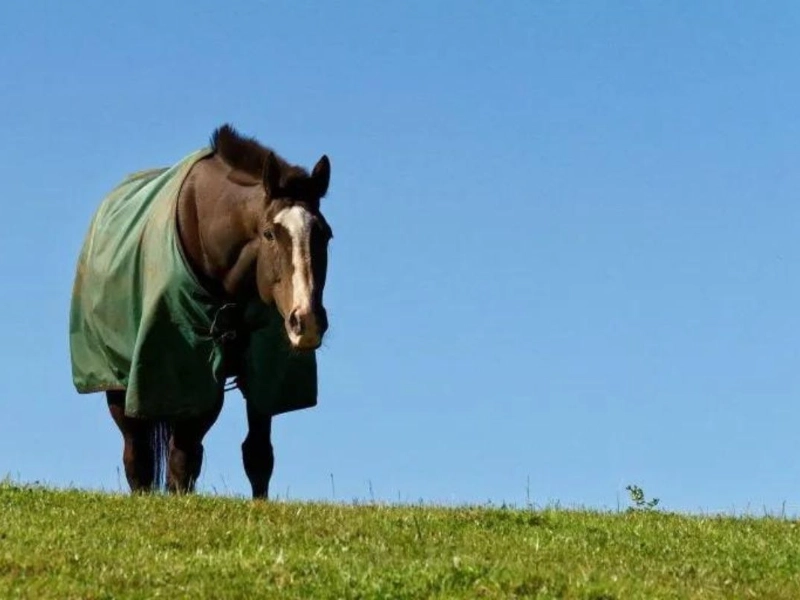 Usually, horses can get away with blanketing themselves less when the springtime temperature warms. If it's sunny and not windy, a simple cotton sheet could be all they need to remain comfortable and dry.
Fit is crucial when choosing a blanket for your horse. Particularly in the chest and withers, overly loose or too tight blankets can create sores from rubbing in certain places. They can also slink and hang uneasily, possibly catching on the ground or another horse in the pasture.
Standing your horse squarely on a level surface, have someone hold a flexible fabric measuring tape around his body from the centre of his chest to the broadest portion of his barrel to gauge your horse for a new blanket. Since they are composed of soft fabric and can be readily worked with without spooking your horse, some crafters' or sewing tapes are excellent candidates for this. You can always size up to a larger blanket if you find it difficult to obtain a precise measurement.
Usually, horses can get away with blanketing themselves less when the springtime temperature warms. If it's sunny and not windy, a simple cotton sheet could be all they need to remain comfortable and dry.
Fit is crucial when choosing a blanket for your horse. Particularly in the chest and withers, overly loose or too tight blankets can create sores from rubbing in certain places. They can also slink and hang uneasily, possibly catching on the ground or another horse in the pasture.
Standing your horse squarely on a level surface, have someone hold a flexible fabric measuring tape around his body from the centre of his chest to the broadest portion of his barrel to gauge your horse for a new blanket. Since they are composed of soft fabric and can be readily worked with without spooking your horse, some crafters' or sewing tapes are excellent candidates for this. You can always size up to a larger blanket if you find it difficult to obtain a precise measurement.
Summer
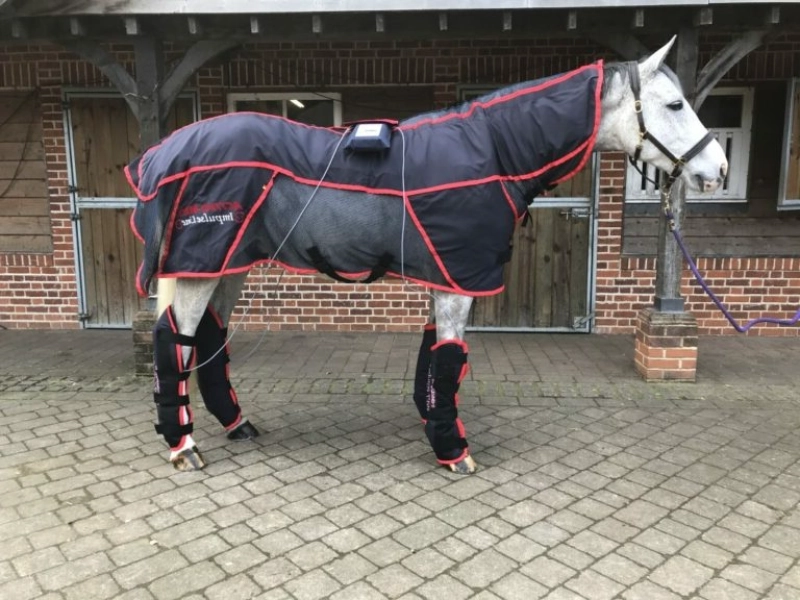 blankets come in varying thickness or degrees of warmth, much as you outfit your bed. Usually, the blanket is warmer the greater the denier, a gauge of the fabric's toughness and densely woven nature.
One really needs a proper fit. Have a friend stand your horse exactly on the ground and centre the chest with a cloth measuring tape. The neckline should lie above the shoulder and the front buckle closures should line up with that point of the shoulder. Running your hand around the shoulders should allow you to sense no tension or tightness. Should there be one, the blanket can be too tiny and pull over your horse's head.
To let your horse breathe and help keep flies and other insects off, think about a light weight blanket for summer. Fly sheets are another name for these kinds of blankets; they contain characteristics such a closed front that lets your horse move freely, padded withers to stop rubbing, and leg straps clipped to the dee rings on both sides to minimise tangling.
blankets come in varying thickness or degrees of warmth, much as you outfit your bed. Usually, the blanket is warmer the greater the denier, a gauge of the fabric's toughness and densely woven nature.
One really needs a proper fit. Have a friend stand your horse exactly on the ground and centre the chest with a cloth measuring tape. The neckline should lie above the shoulder and the front buckle closures should line up with that point of the shoulder. Running your hand around the shoulders should allow you to sense no tension or tightness. Should there be one, the blanket can be too tiny and pull over your horse's head.
To let your horse breathe and help keep flies and other insects off, think about a light weight blanket for summer. Fly sheets are another name for these kinds of blankets; they contain characteristics such a closed front that lets your horse move freely, padded withers to stop rubbing, and leg straps clipped to the dee rings on both sides to minimise tangling.
Fall
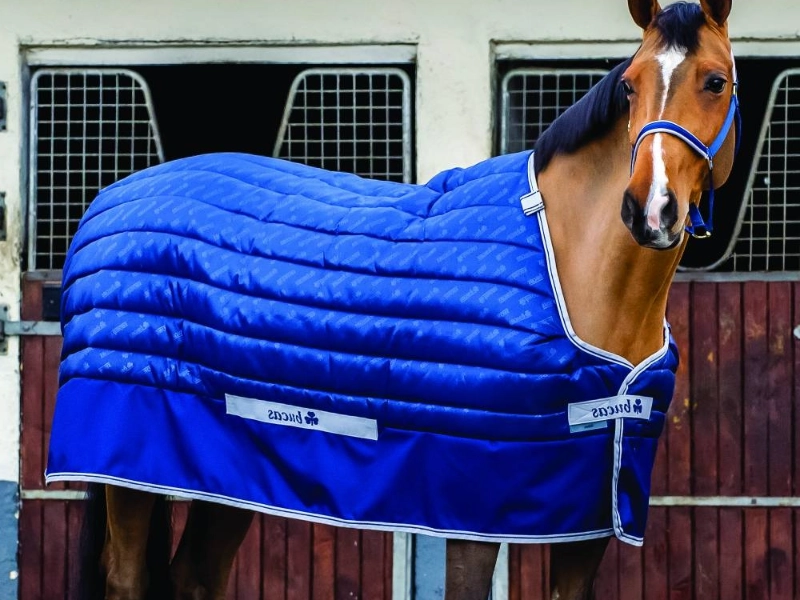 Make sure your horse fits a blanket you are using. The fastening and overlap of the chest closure should coincide at the chest centre of your horse. Run your hand down the shoulders to check for tightness; a gapping shoulder indicates the blanket is too small and could rub your horse. Also free to move should be the withers.
Your horse's blanket's tail flap should be changed to seat just above his tail. This lets him travel unhindered by his tail catching beneath the blanket or tripping over it when he grazes.
Based on your horse's behaviour and living circumstances, consider the denier—the fabric's thickness—and weight of his blanket. Consider a higher denier, for instance, if your horse is known to tear blankets or if she turned out with other horses that treat equipment poorly. Work from front to back fastening the blanket's chest closures; surcingles and leg or tail straps; this will help the blanket be more stable should your horse suddenly shift and nearly ensures you won't forget a strap.
Make sure your horse fits a blanket you are using. The fastening and overlap of the chest closure should coincide at the chest centre of your horse. Run your hand down the shoulders to check for tightness; a gapping shoulder indicates the blanket is too small and could rub your horse. Also free to move should be the withers.
Your horse's blanket's tail flap should be changed to seat just above his tail. This lets him travel unhindered by his tail catching beneath the blanket or tripping over it when he grazes.
Based on your horse's behaviour and living circumstances, consider the denier—the fabric's thickness—and weight of his blanket. Consider a higher denier, for instance, if your horse is known to tear blankets or if she turned out with other horses that treat equipment poorly. Work from front to back fastening the blanket's chest closures; surcingles and leg or tail straps; this will help the blanket be more stable should your horse suddenly shift and nearly ensures you won't forget a strap.
